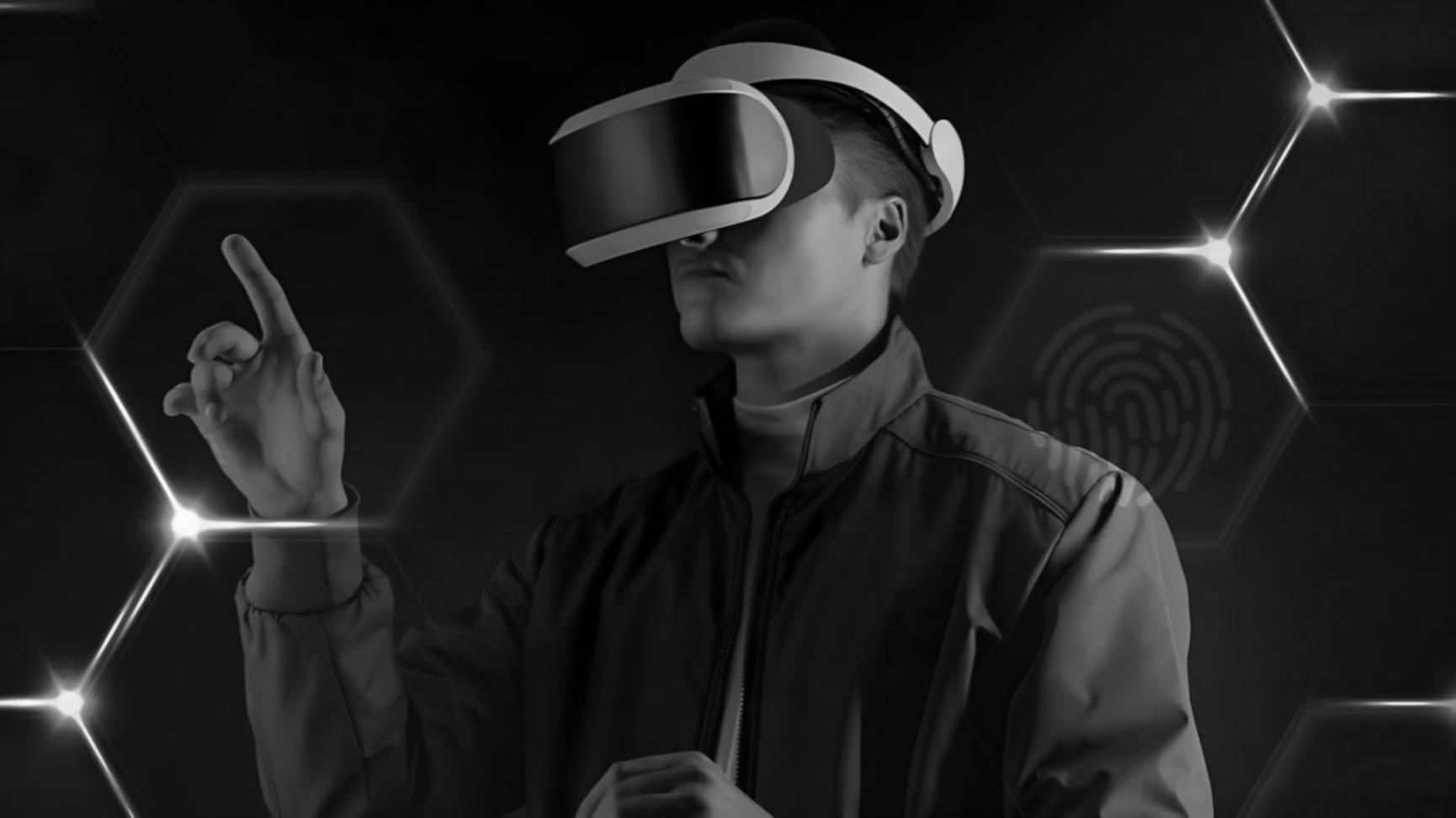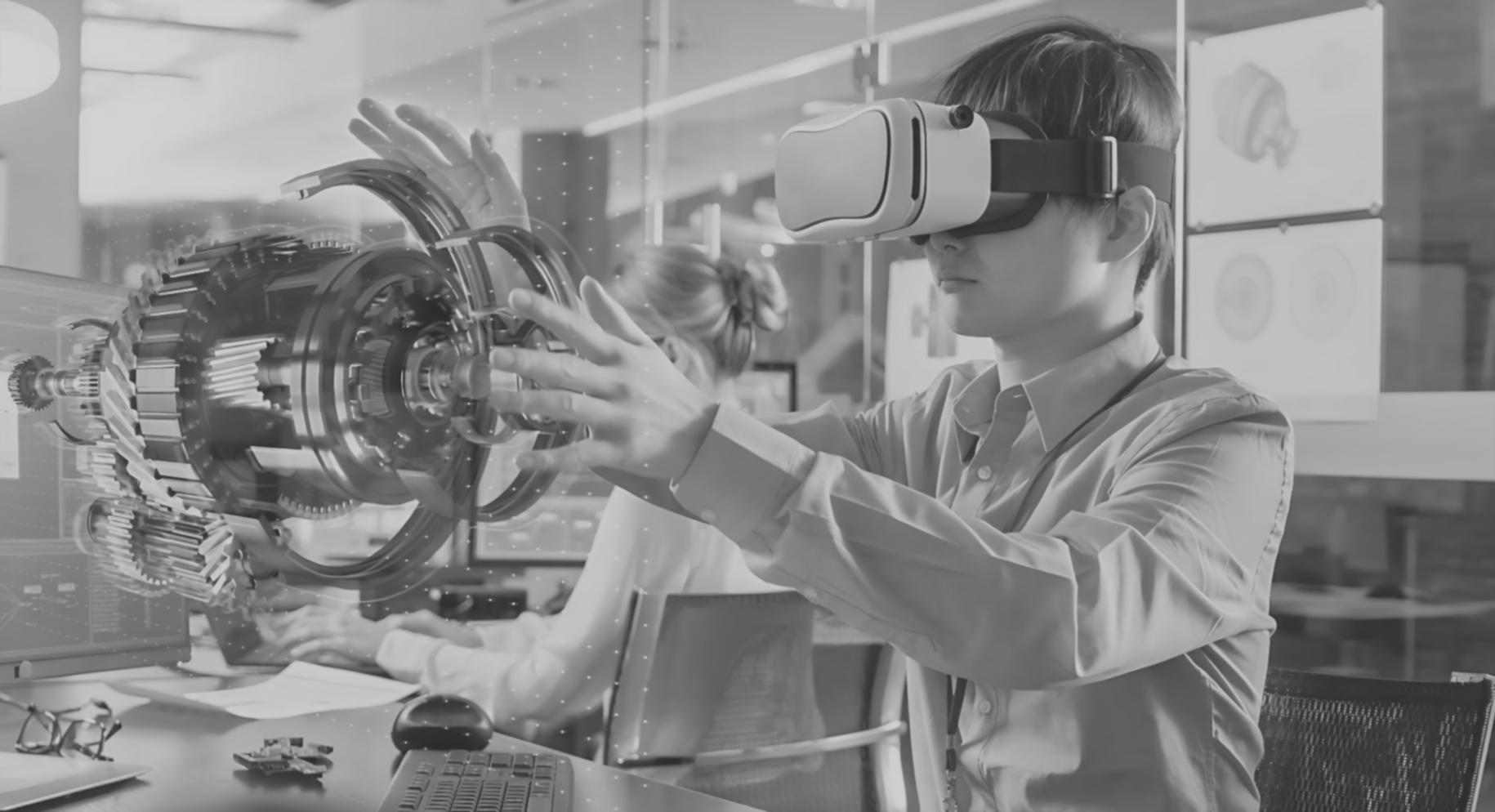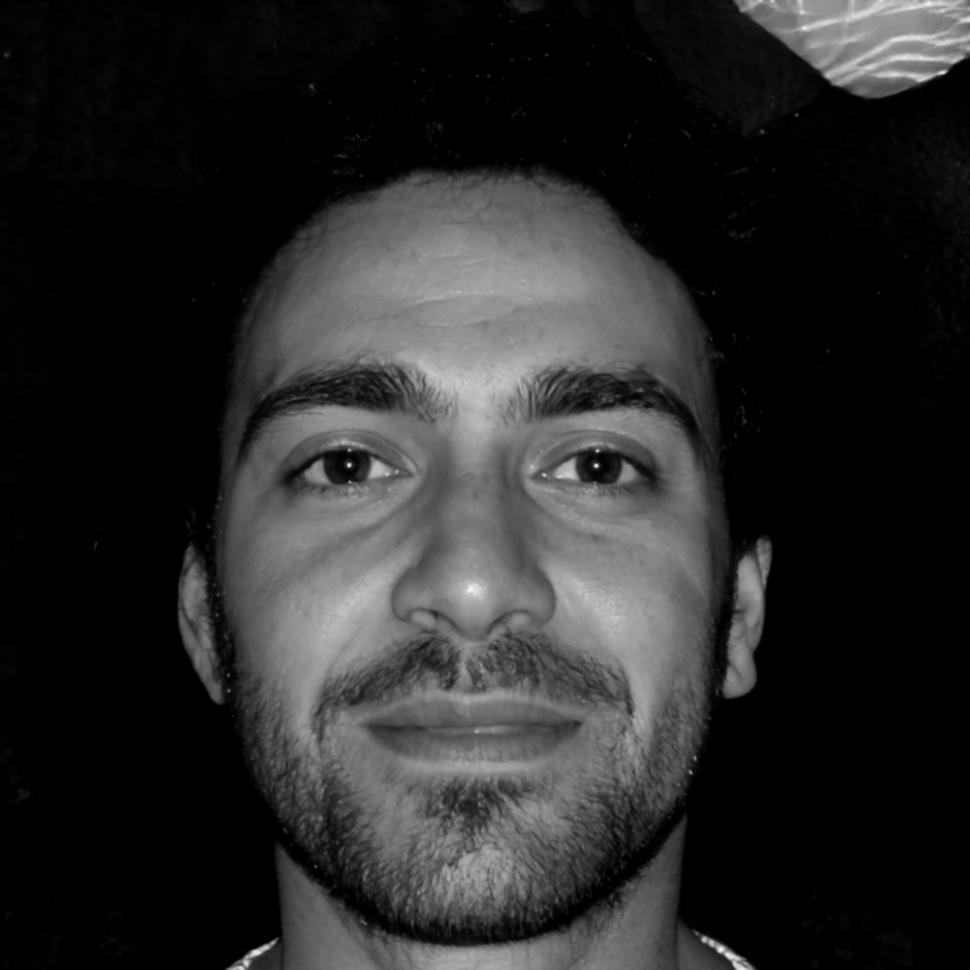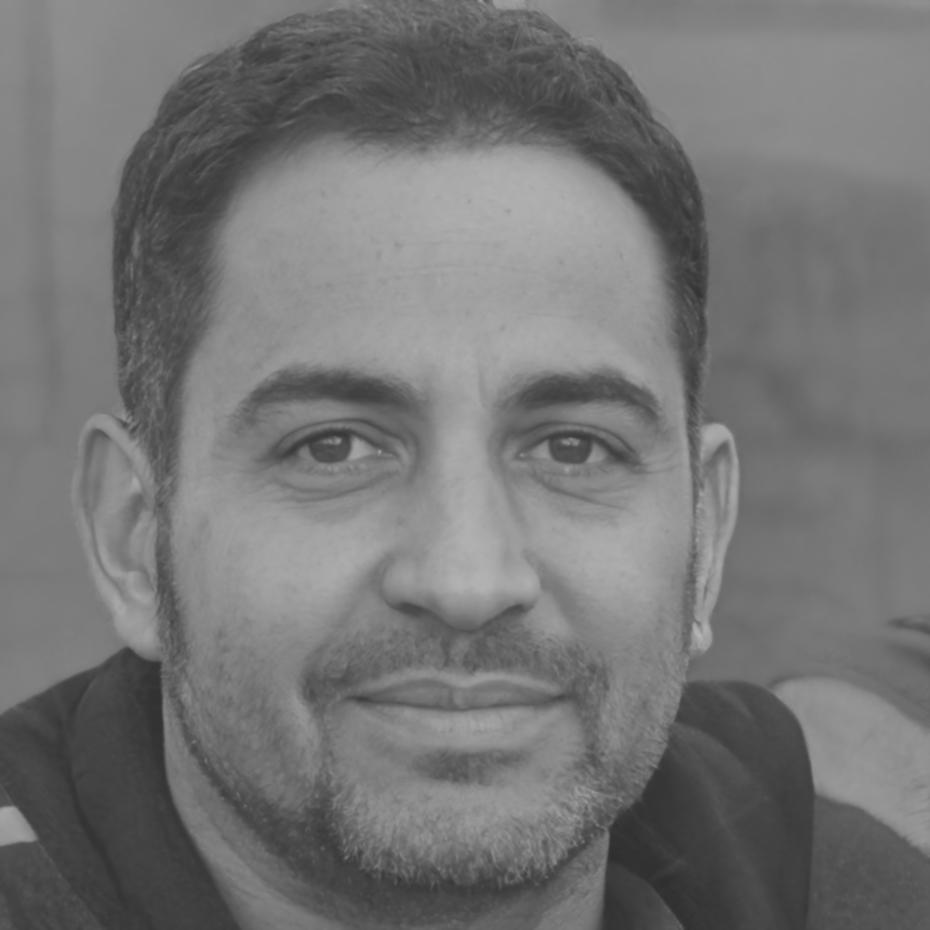Real Numbers from Real Learning
We started tracking our VR development courses seriously in 2023. What we found surprised us—and changed how we think about teaching game creation to complete beginners.
Students Started Since 2023
Complete Full Course
Finished Projects Submitted
Would Recommend Us
How We Got Here
Starting a VR education platform in Croatia wasn't the obvious choice. But we saw students struggling with abstract tutorials that assumed too much background knowledge.
So we built something different. Here's what happened when we decided to teach VR development the way we wish someone had taught us.

Launch in Zagreb
Started with 23 students in a borrowed classroom. Most had never touched Unity before. We spent the first week just getting comfortable with VR headsets and basic 3D concepts. That cautious start turned out to be crucial—18 of those original students finished the program.
First Student Projects Ship
By summer, we had actual VR experiences created by people who'd been complete beginners six months earlier. Nothing fancy—escape rooms, simple puzzle games, virtual museum tours. But they worked. And suddenly our students realized this wasn't theoretical anymore.
Expansion Across Croatia
Word spread faster than we expected. Added courses in Split and Rijeka. Started offering weekend intensives for working professionals. Our teaching approach stayed the same—start simple, build confidence, then tackle complex stuff—but we refined how we presented each module based on what confused people most.
New Programs Starting October 2025
Planning autumn cohorts with specialized tracks—architectural visualization, educational VR, and multiplayer game basics. Also launching a mentorship program where experienced students help newer ones. Applications open in August for programs starting October through November 2025.
What Actually Changes
We don't promise career transformations or guaranteed jobs. What we can show you is what students typically accomplish during and after our courses—based on tracking data from the past two years.

From Zero to Shipping Code
Most students arrive knowing they want to make VR experiences but unsure where to start. After 16 weeks, they're debugging C# scripts and building interaction systems.
- Average projects completed 4-5
- Students publishing to app stores 31%
- Continue learning independently 67%

Building Real Experience
The gap between tutorial-following and actual development is huge. We focus on closing that gap through repeated practice with real constraints and actual deadlines.
- Portfolio-ready projects 2-3
- Join game dev teams 22%
- Start freelance work 18%
Who Teaches These Courses
Our instructors all work in VR development professionally. They teach because they remember how confusing this field was when they started—and they wanted to create the learning path they wish had existed.

Damir Kovačević
Lead VR Development Instructor
Spent seven years building VR training simulations for manufacturing companies before switching to teaching. Still consults part-time, which keeps his curriculum grounded in what actually works in production environments rather than just classroom theory.
- Unity Development
- Interaction Design
- Performance Optimization

Luka Bašić
Gameplay & Scripting Instructor
Came from indie game development where he learned by making every possible mistake first. Now teaches C# scripting and game mechanics design. His approach focuses on understanding why code works rather than just copying patterns—which students find frustrating at first but invaluable later.
- C# Programming
- Game Mechanics
- Debug Strategies
